On a hot summer's night you may hear the buzzing sound produced by a cicada.
Cicadas Brood X 2021
Sketchup Pro 2017
QuadFace Tools, Vertex tools, SUbD
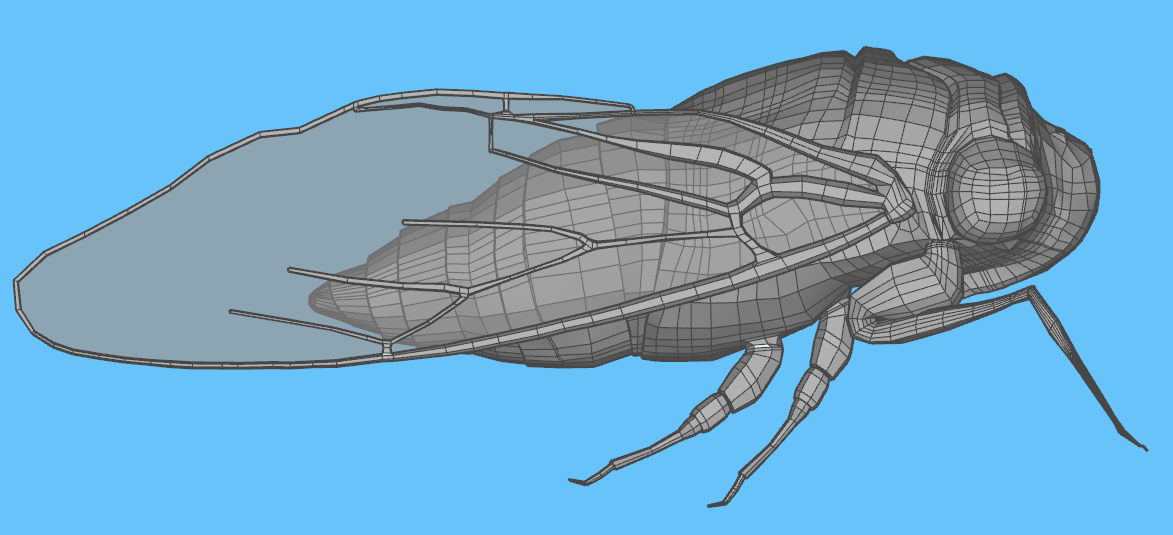


On a hot summer's night you may hear the buzzing sound produced by a cicada.
Cicadas Brood X 2021
Sketchup Pro 2017
QuadFace Tools, Vertex tools, SUbD



@ramonbastos said:
Any tips on how to optimize it?
You could try tweaking with Vertex Tools Merging Close Vertices. It's demonstrated in this video
Thanks very much!
@tuna1957 said:
Second time around looks much better and even lower poly to boot....
Interesting you mention the lower poly count. I'm becoming increasingly aware that my models have way to many poly's, and the key is to keep it simple and strategic.
@tuna1957 said:
Don’t really like ants. But your ants “bitchin ” !
A compliment of the highest order hahaha. Thanks tuna1957
Here is a link https://youtu.be/LcgSLz6xPsQ to a tutorial texturing quadface surfaces in SketchUp. TutorialsUp is an excellent source for learning about SUbD. He has a whole playlist dedicated to Subdivision modelling. Fredo's Thru Paint provides lots of options for texturing different types of surfaces.
Are you using QuadFace tools? It's critical that you model in quads if you are intending on subdividing. In your example the lines you've placed inside the faces will confine the subdivision to the external edges. Maybe that's what you're after, but you might want to use Fredo Round Corner tool to achieve that. Without those lines the shape will become more organic.
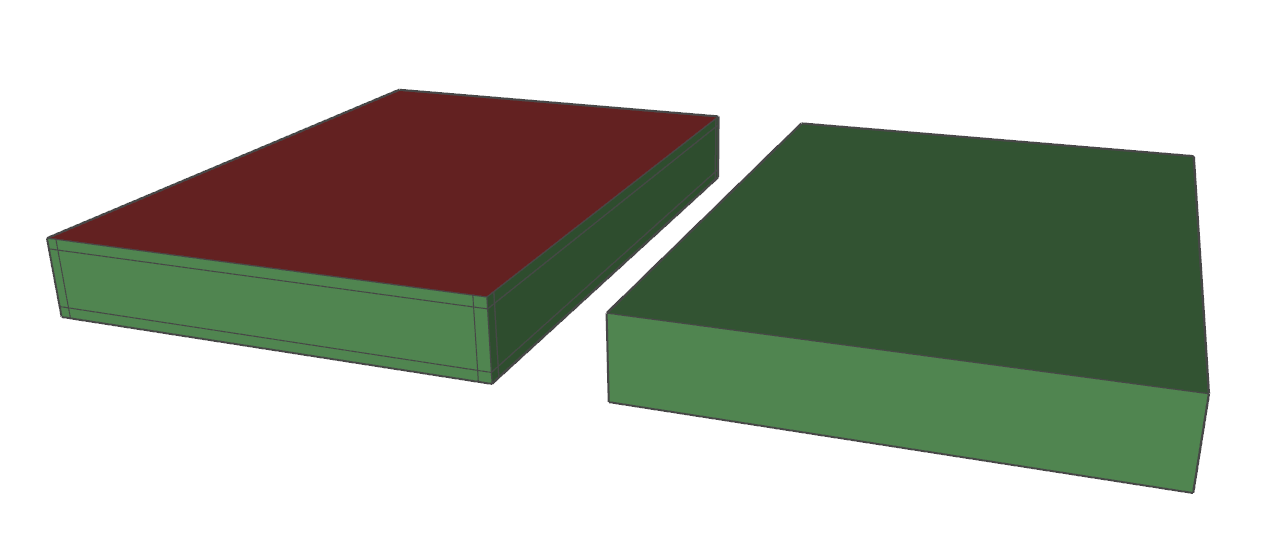
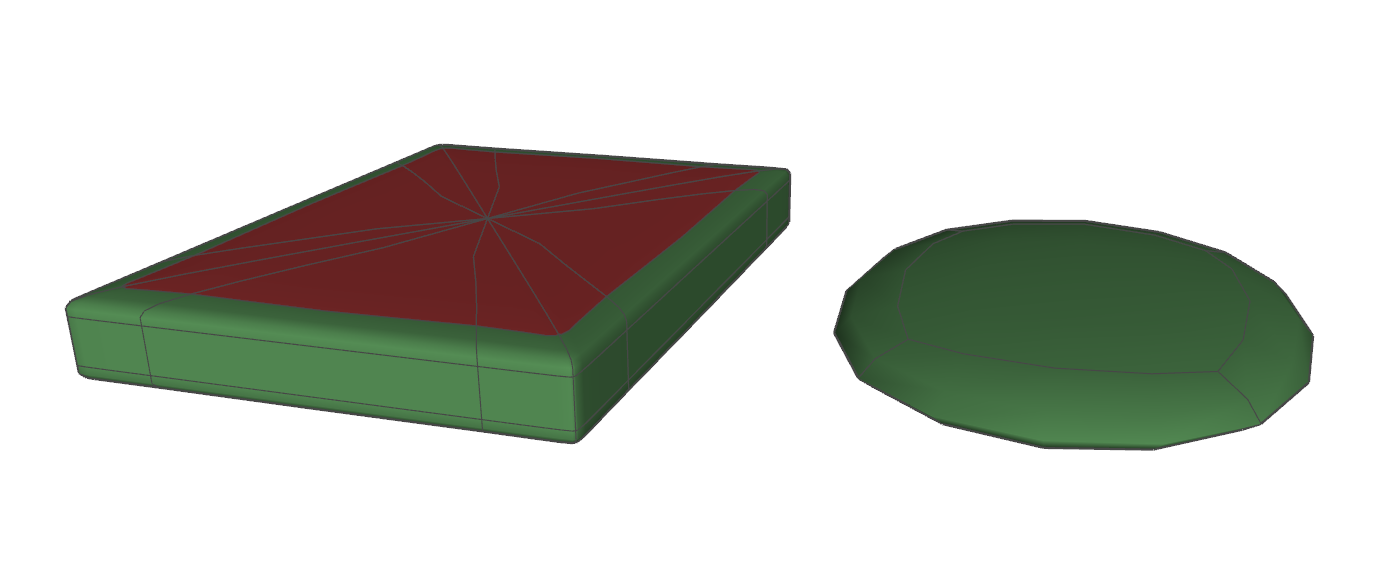
Stunning and inspiring Alvis! Raising the bar as usual. Thank you.
@alvis said:
A short biology lesson
. Nice
Too funny  The reference photo helped me to redraw the legs to keep their shape and definition
The reference photo helped me to redraw the legs to keep their shape and definition
@hornoxx said:
Klasse!
Great work again. (I love these SketchUp illustrations even more than the rendered versions)
Thank you HornOxx. I tend to agree with you. The thing I like about Substance Painter is being able to stay in 3D. But I know what you mean about the raw modelling illustrations. Cheers
Carpenter Ant
I post my models here because I want illustrate to others who may be interested in Organic modelling that it's quite possible with Sketchup, largely because of the amazing extensions (QuadFace Tools, Vertex Tools 2, and SUbD) that ThomThom developed. The more I work with them the greater appreciation I have. Model on!
The painted low poly model was later edited to improve on the leg detail. You can see in the Substance Painter example below how the legs had lost their definition after subdivision. I later used QuadFace Tools to add loops to maintain shape.
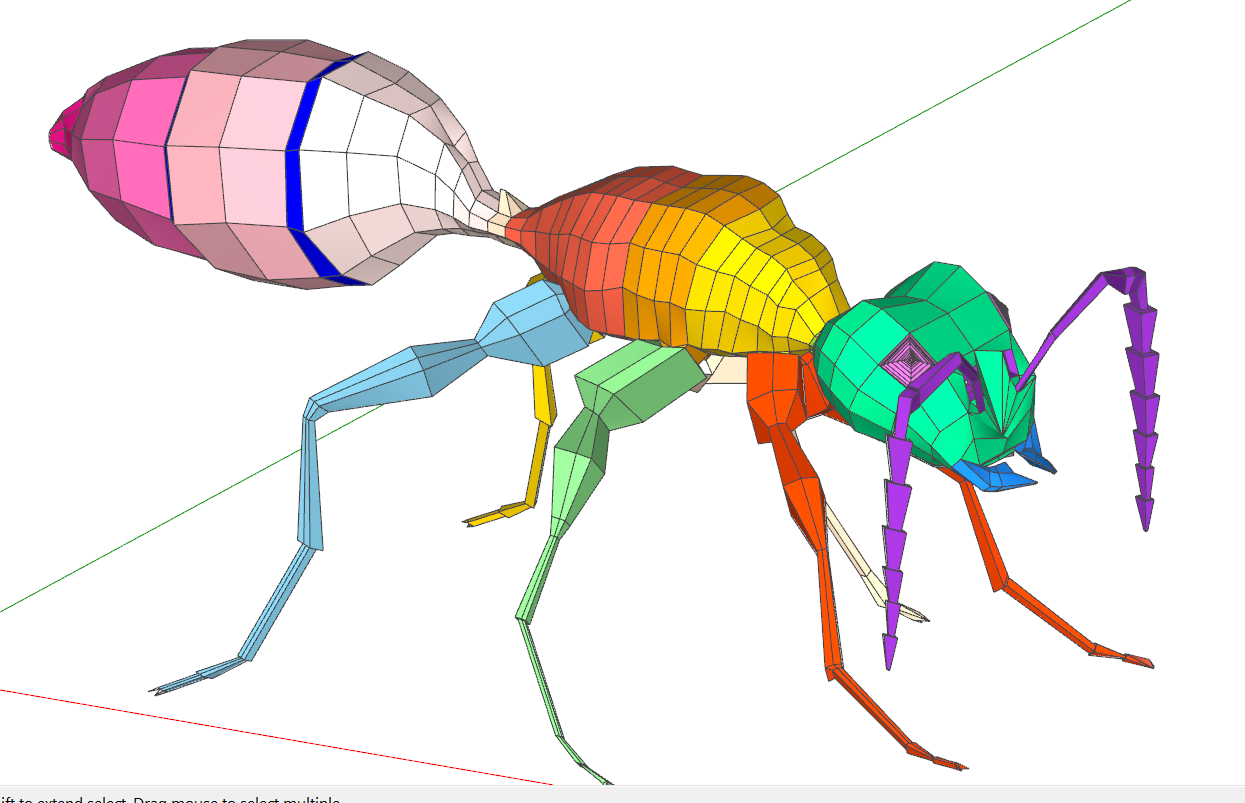
Substance Painter
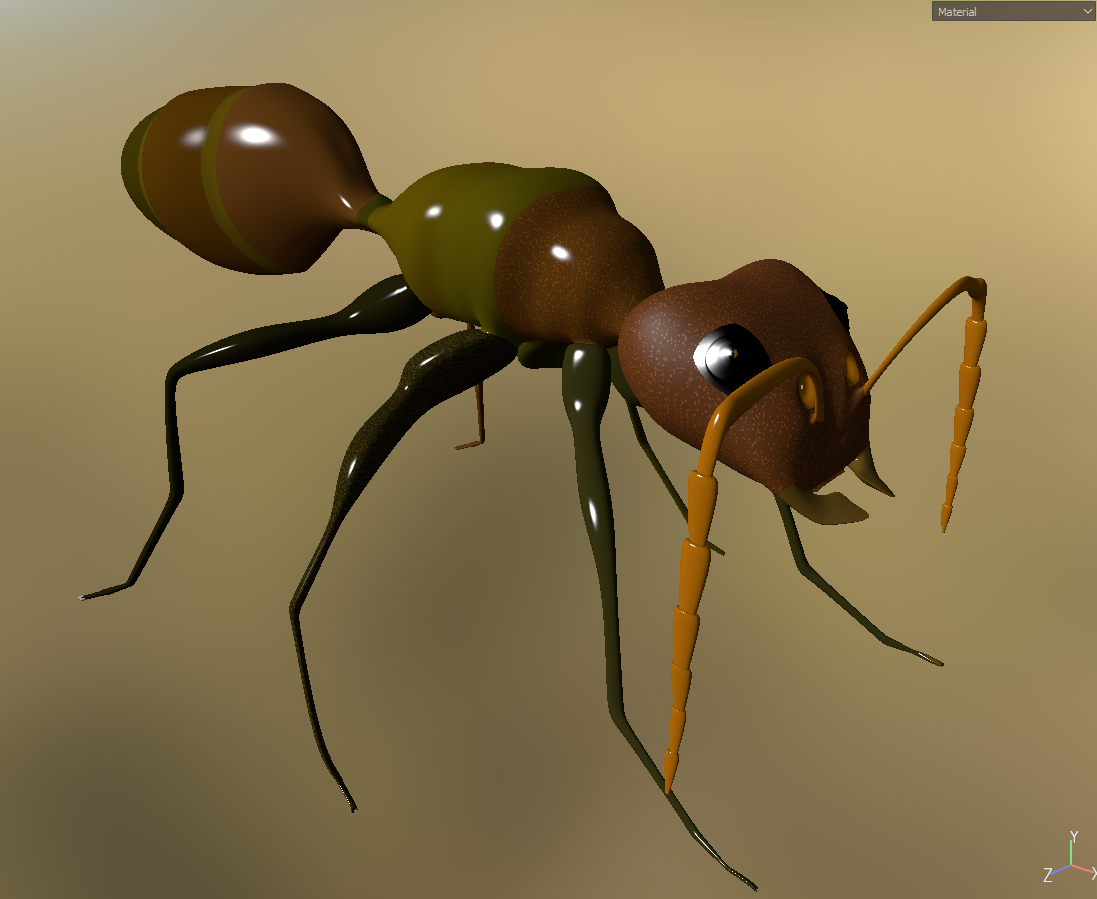
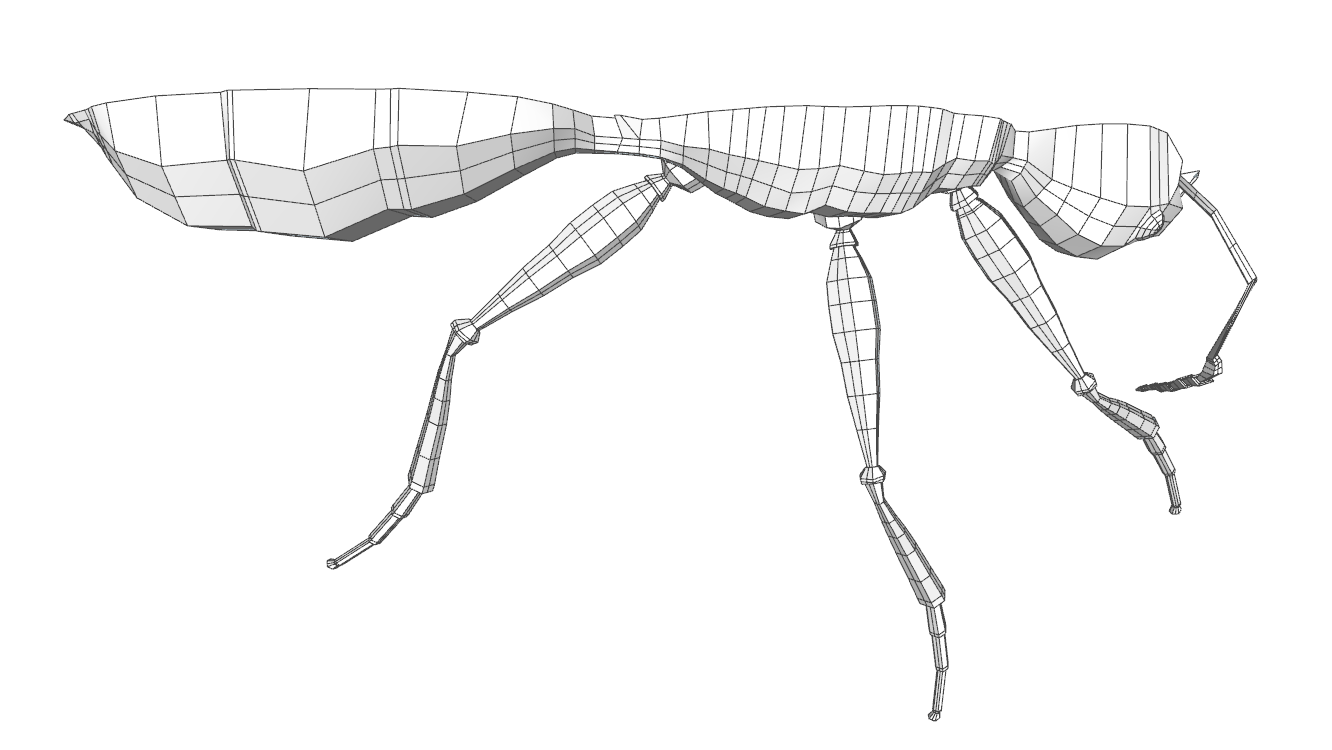
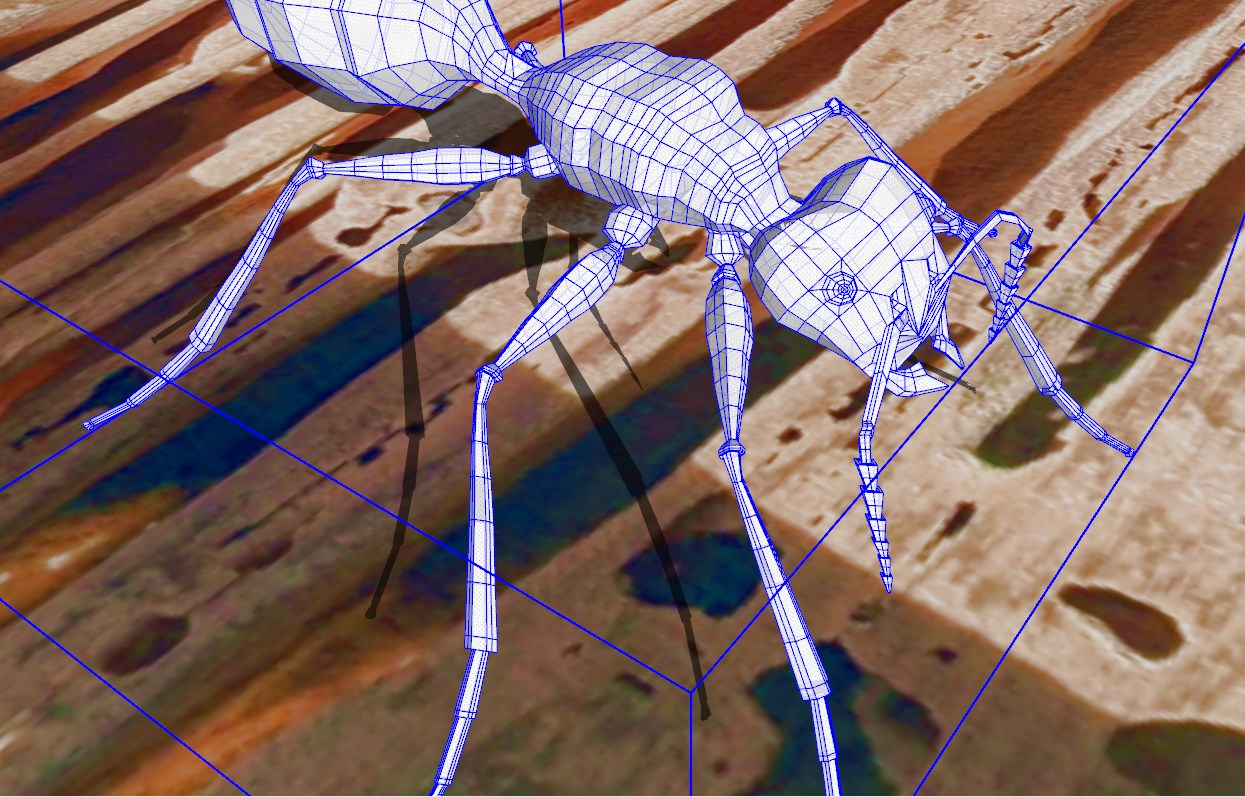
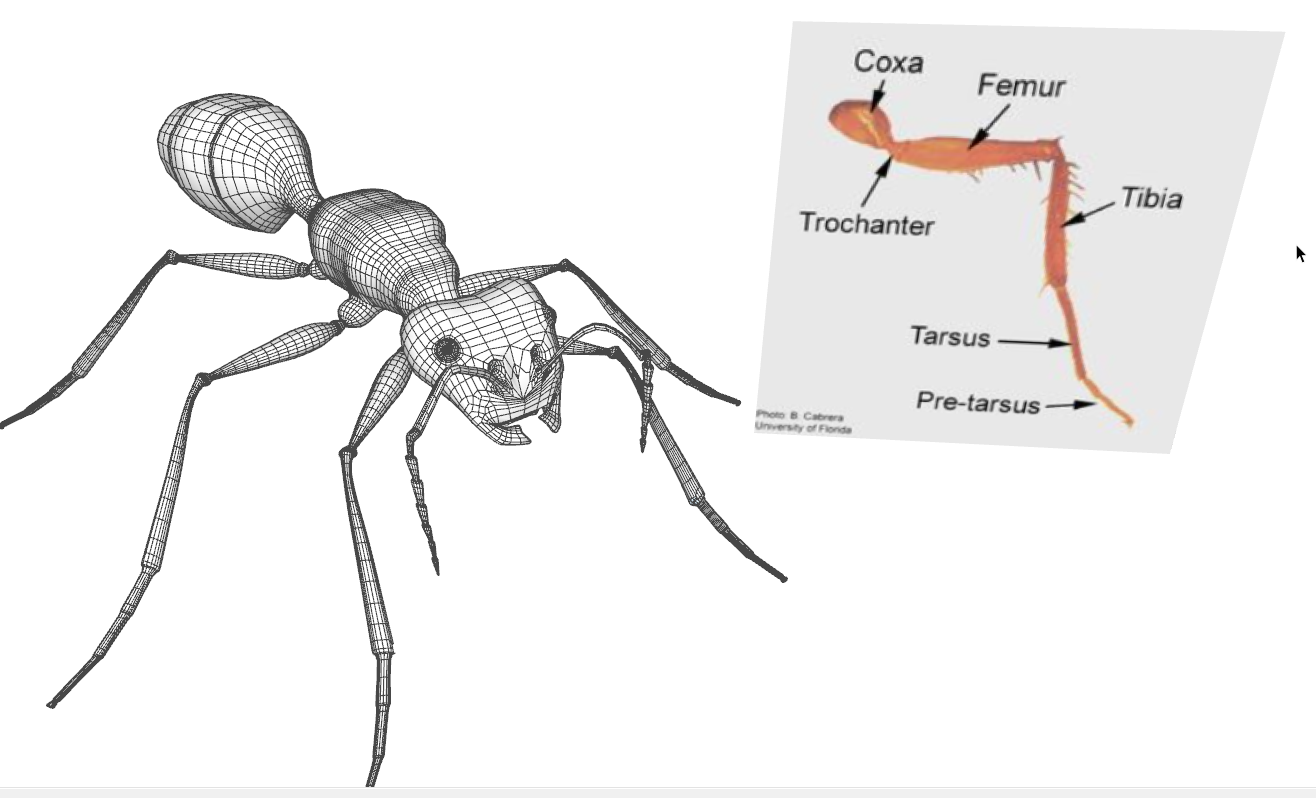
I used the free trial of V Ray and Substance Painter to add some realism. I have not had any prior experience with either so the results are not good, but they do help to add some realism.
V-Ray
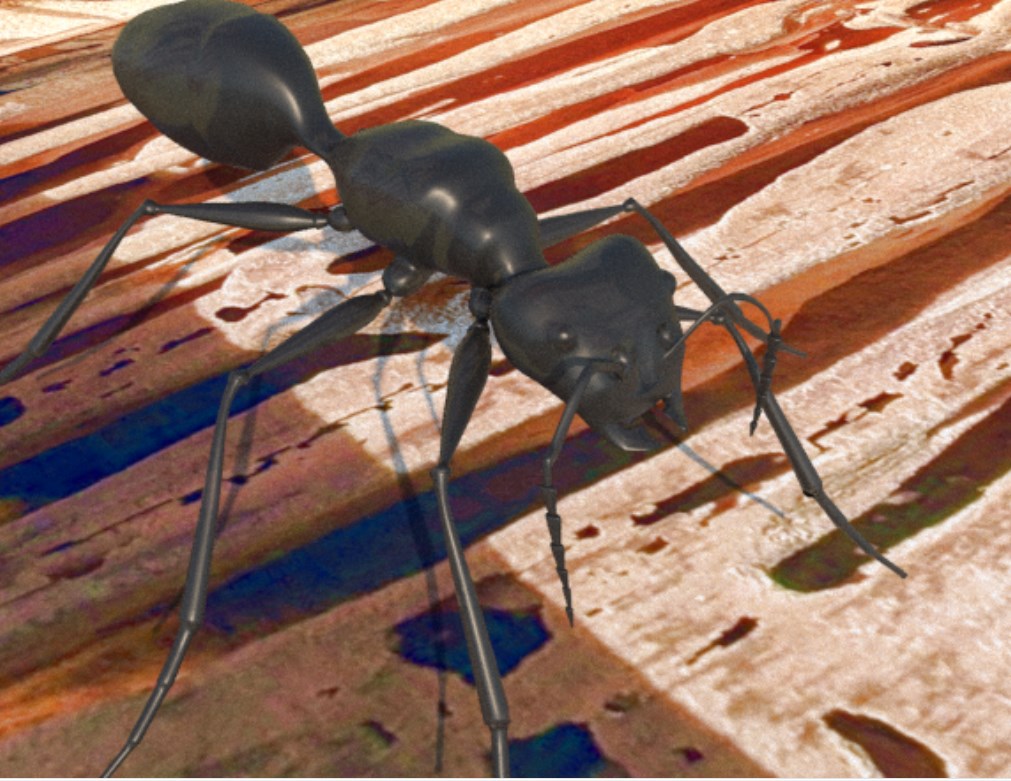
@tuna1957 said:
Call me the king of simple stuff
.
Nice. What a good reminder to keep it simple. SUbD does most of the work if we just keep it proportional. A good presentation that took a simple model to another level. Thanks for posting
@hornoxx said:
(just a Saturday morning 20 minutes sketch)
Show off 
Nice to see you post. Love the work and presentation.
Possibly a rivet joining to 2 clamps together.
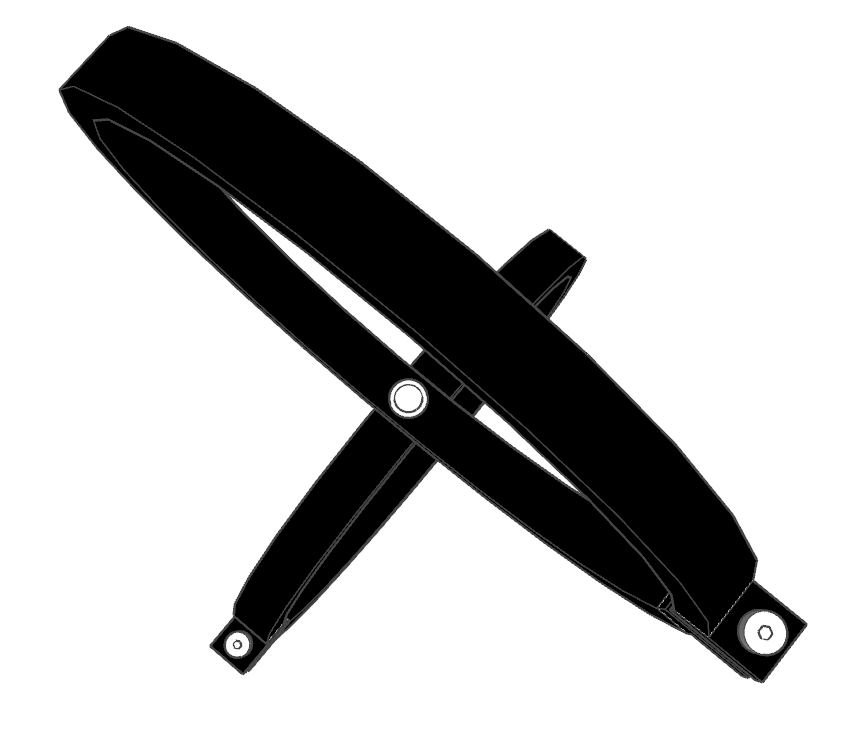
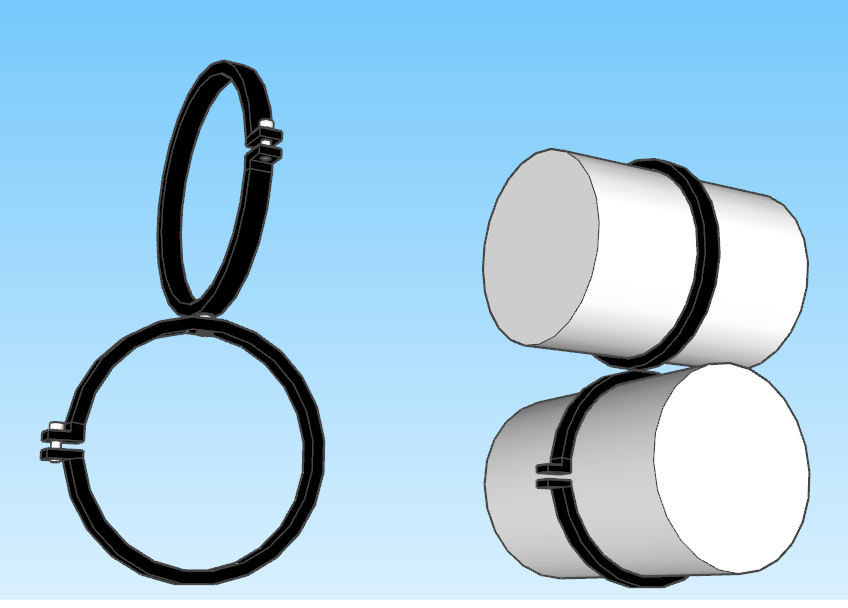
I love your creativity Alvis. It is always a pleasure to see your work. So talented. Thank you for all that you contribute to this site
Next exercise: Focusing on Poles in quad modelling, reducing their number.
QFT's Pole identification
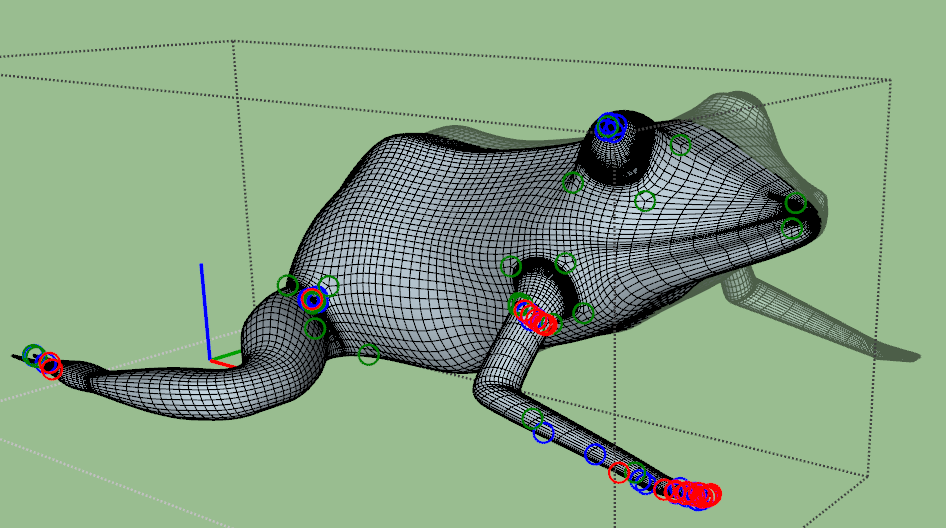
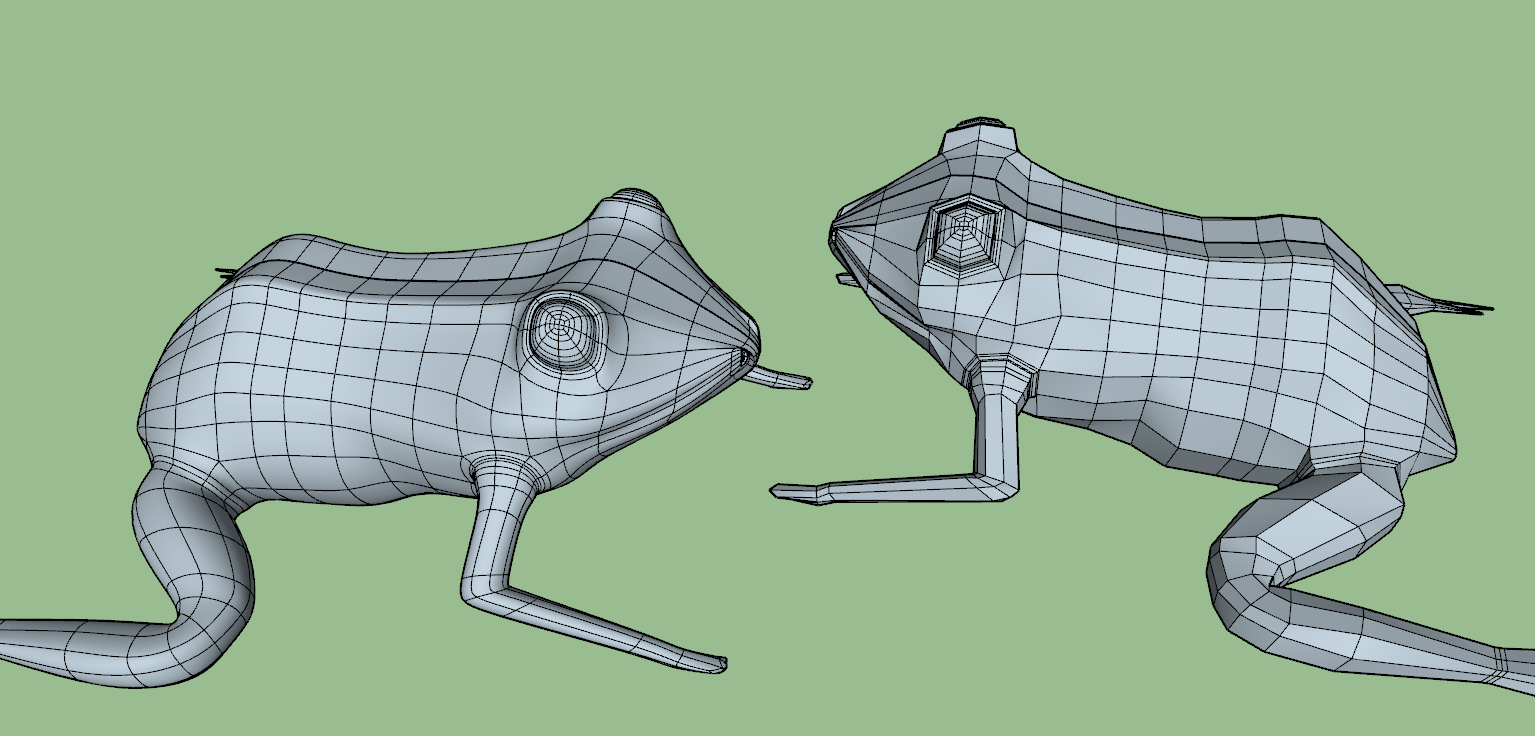
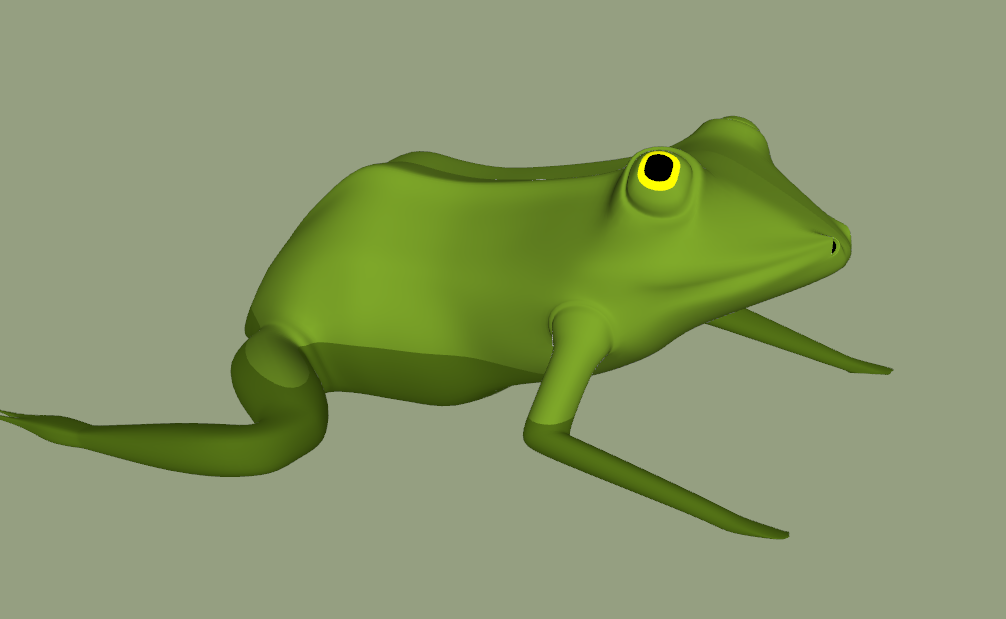
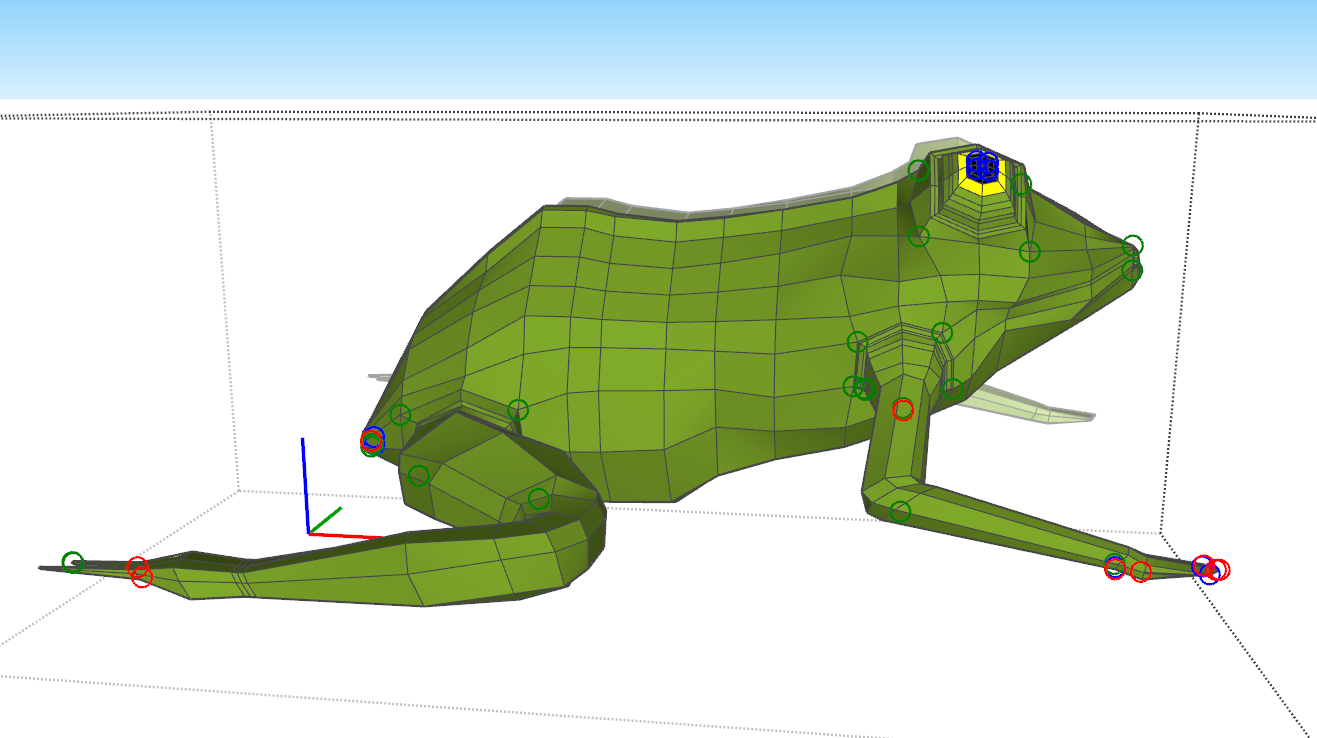
Best kept secret
Poles present a challenge to anyone modelling in quads.
Types of poles as described by **Thomas Thomassen
These appear when you enable the "Highlight Poles" option from the QFT Selection tool's context menu.
These refer to how menu (many) edges a vertex connect to:
QuadFace Tools has an option to see the poles in your model. Watch the Gif to see how.
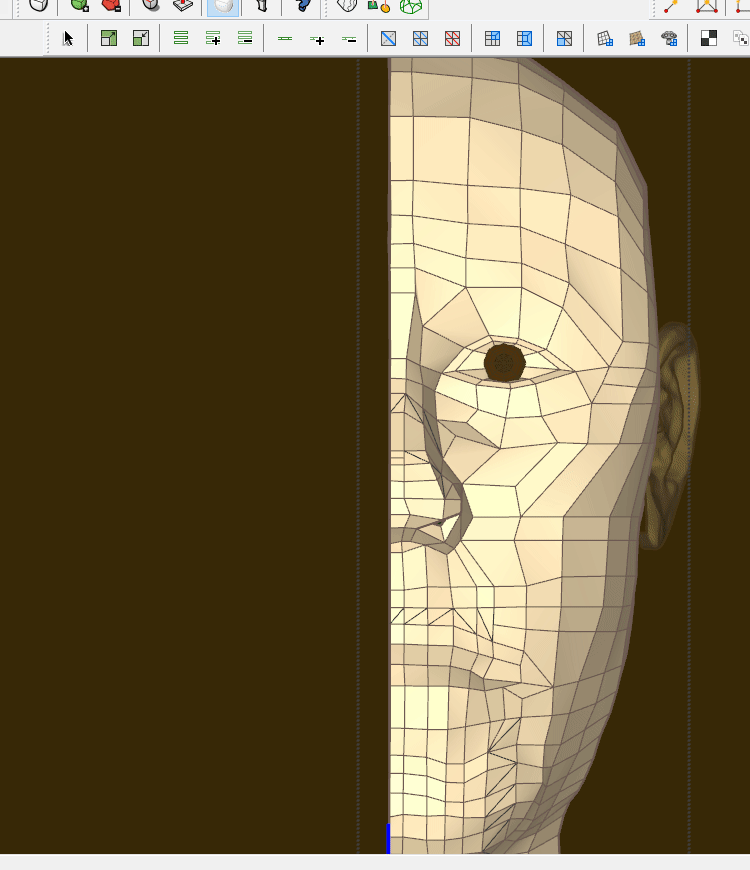
@pbacot said:
Very good head! Is there some way the mirror boudary is controlled to not have a visible change in the surfaces' angle?
Thank you. I find that that boundary edge between the two mirrored halves to be a problem. I try to manipulate that edge with the 2 halves in place to see if its either raised or depressed on the plane. Once I'm happy then the 2 components can be exploded and joined
@pbacot said:
The ear proxy doesn't show much what you did. That must have been a harder part.
I had done the ear a while back as another exercise. I just stuck it on to complete the profile. My goal here was not to produce a finished product, but to gain experience with quad modelling and all its intricacies.